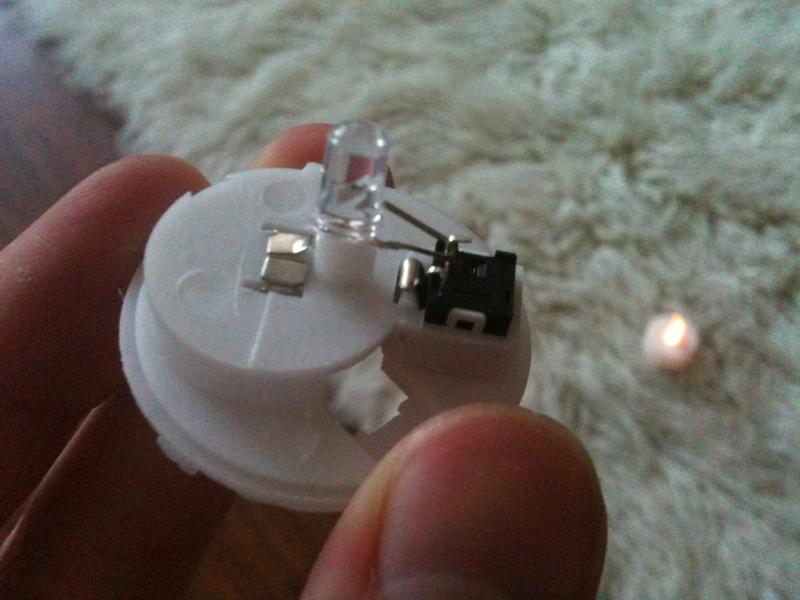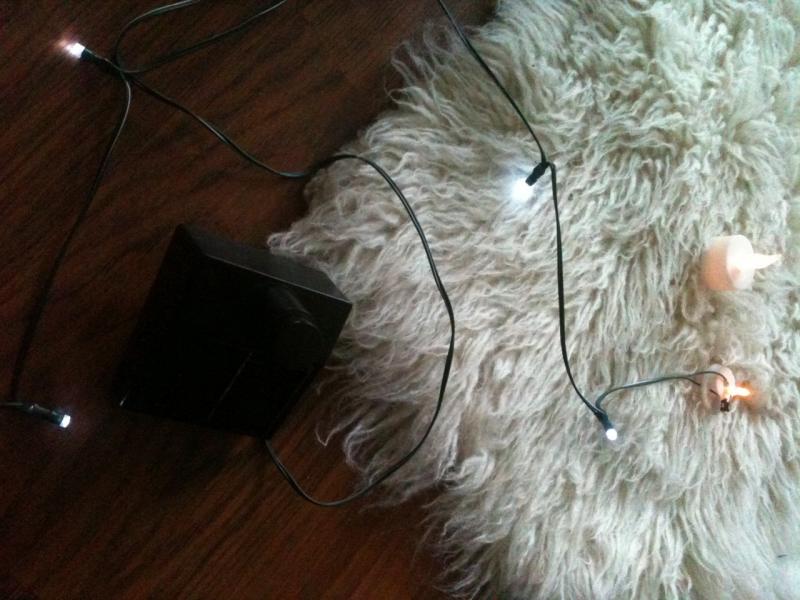I am quite surprised at Pretzelz's reply regarding the multimeter
<quote> I see what you are saying, but the reason I'm hesitant to buy a multimeter is that I don't intend on doing any other electrical jobs like this in the future, and I don't like accumulating things which I then have to store with a mountain of other DIY tools that I'll rarely ever use again.<end quote>
Surely if you want to do the job, and to do it correctly requires a tool, you will go out and buy it. Rather than buy a paint brush, would you use an old bit of rag? A suitable multimeter would be one you could buy in a "pound shop" for under a fiver. This one would also be suitable for checking continuity on cables and flexes, but I would be reluctant to use on mains voltages, as other posters have indicated.
If I do a job, if it needs a special tool, I will hire or buy it. I have a router (no, not a broadband "rooter"!) which I have used only once, and several hand-tools which were bought for a specific job. Why struggle trying to bodge something (or end up messing it up completely) when for a few quid you can make your life so much easier?




